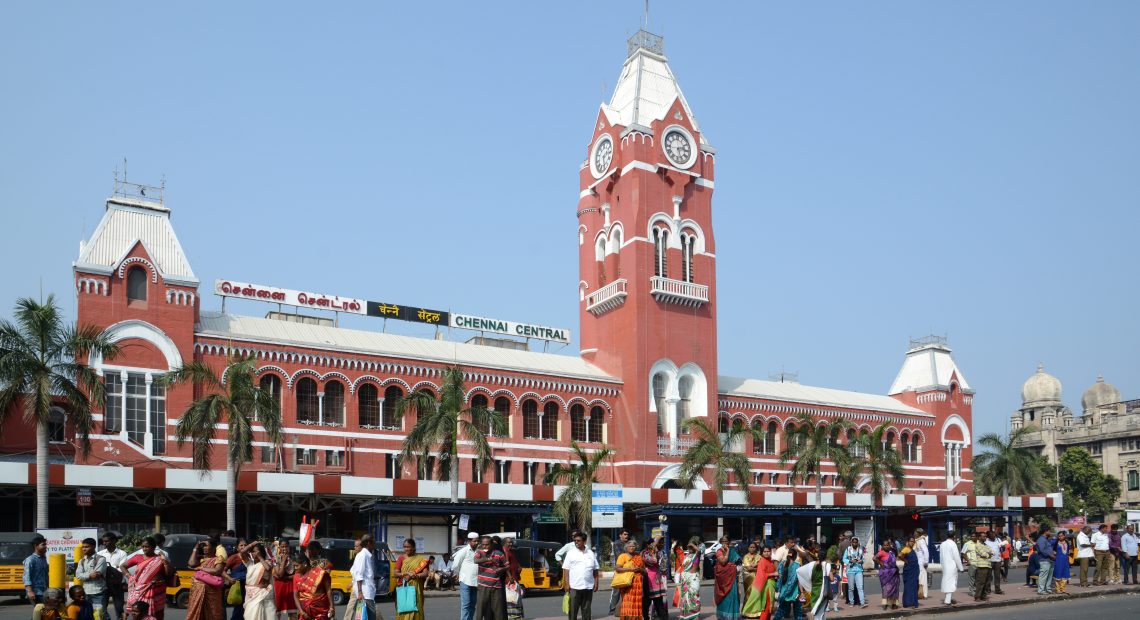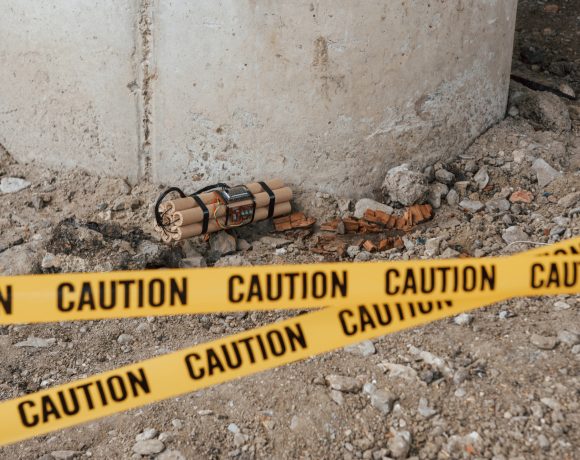
Chennai Metro’s First Driverless Train Begins Dynamic Trials
Chennai Metro Rail Limited (CMRL) is set to achieve a significant milestone as it plans to commence testing of driverless trains before April 2025. This testing is part of the first phase of commissioning the 9-km stretch from Poonamallee to Porur junction, under Corridor 4 of Phase II construction. The corridor is expected to be operational by December 2025.
The manufacturing of these state-of-the-art trains began in February 2024 at Alstom Transport India’s facility in Sri City, Andhra Pradesh. The first trainset was ceremonially transferred to the testing bay on September 22, 2024, marking the transition from production to the testing phase. Following comprehensive static tests at the manufacturing site, the train will be transported to the Poonamallee Depot for dynamic trials on the Phase-2 network tracks. These trials are crucial to ensure the trains meet all safety and operational standards before commencing passenger services.
The driverless trains are designed to operate with Unattended Train Operations (UTO), representing Grade of Automation Level 4 (GoA 4). Equipped with advanced features like Automatic Train Operation (ATO) and Automatic Train Protection (ATP), they promise enhanced safety, efficiency, and reliability for commuters. The trains are designed for a safe speed of 90 km/h and an operational speed of 80 km/h, ensuring swift and comfortable journeys across the city.
Corridor 4, stretching 26.1 km from Light House to Poonamallee Bypass, is a critical component of Chennai Metro’s Phase II expansion. This elevated line aims to enhance connectivity across key suburban and urban areas, facilitating faster and more efficient transportation. The introduction of driverless trains on this corridor is expected to revolutionize urban transit in Chennai, setting new benchmarks in automation and passenger convenience.
The successful implementation of these driverless trains will position Chennai among the select global cities that have embraced advanced automation in their metro systems. This move aligns with the broader vision of modernizing urban infrastructure and providing world-class amenities to the city’s residents. As dynamic trials commence, the city eagerly anticipates the transformative impact of this technological leap on its public transportation landscape.


















